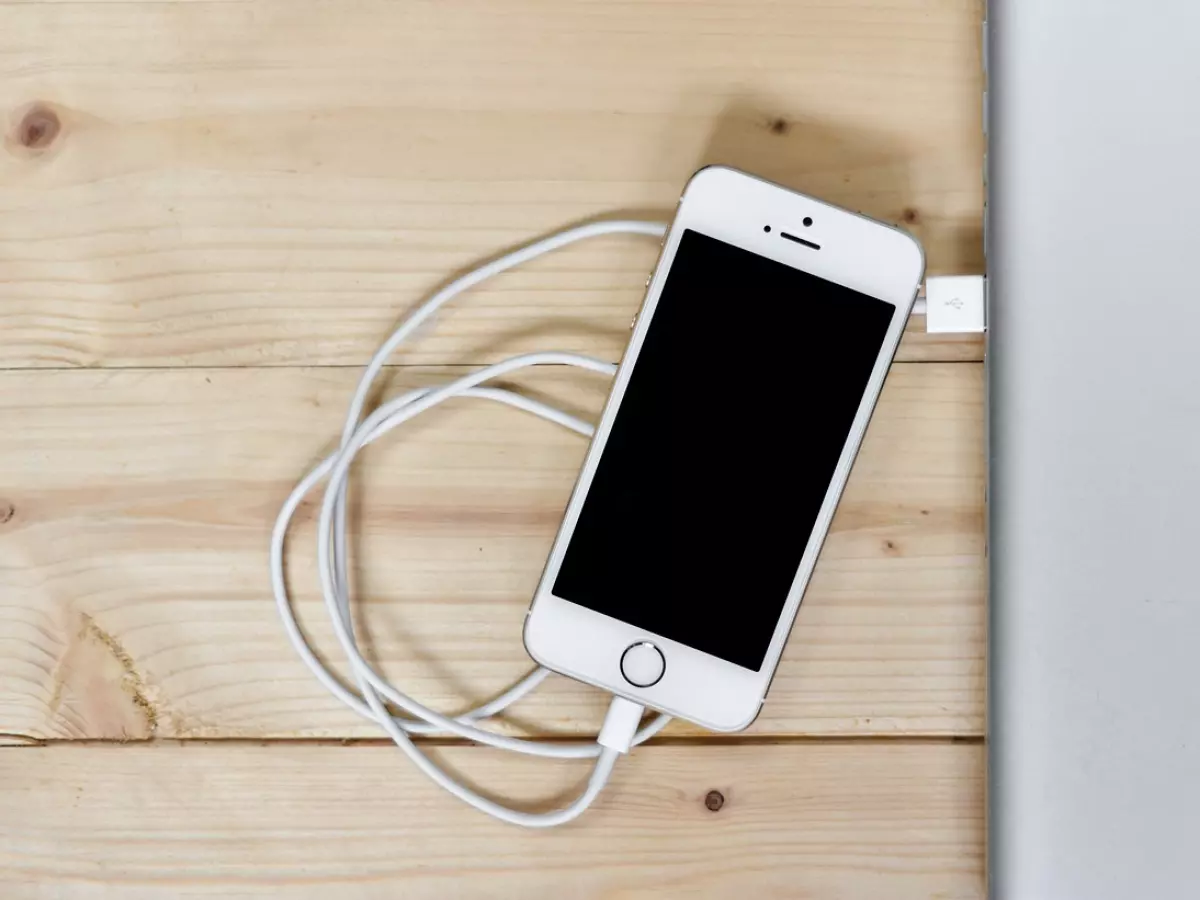Android's Call Evolution
"Wait, is this my iPhone? Oh no, it's my Android!"

By Hiroshi Tanaka
That's the reaction you might have after Google's latest update to Android's call interface. If you've been an Android user for a while, you know that Google likes to keep things fresh. But this time, it seems like they're taking a page from Apple's playbook. Yep, the new call interface on Android is looking suspiciously familiar to iPhone users.
Let's rewind a bit. Android has always been about customization, flexibility, and giving users the freedom to tweak their devices to their heart's content. Meanwhile, iPhone has been the poster child for simplicity and consistency. For years, Android users have had a love-hate relationship with their call interface. Some loved the freedom to customize, while others found it a bit... well, cluttered. But now, Google seems to be rethinking its strategy.
According to Frandroid, Google is rolling out a new interface for incoming calls that looks a lot like the iPhone's. We're talking about a two-button layout that simplifies the process. No more swiping left or right to answer or decline a call. Instead, it's back to basics with a clean, easy-to-use design.
Why the Change?
So, why is Google making this shift? Well, it seems like they're trying to streamline the experience for users. Let's face it: when your phone rings, you don't want to fumble around trying to figure out how to answer it. You just want to tap a button and get on with your conversation. And that's exactly what this new interface promises.
But there's more to it than just convenience. This move also signals a broader trend in the tech world. We're seeing more and more companies borrowing ideas from each other, blurring the lines between platforms. Android and iPhone used to be like oil and water—completely different ecosystems that catered to different types of users. But now, it seems like they're slowly converging.
Of course, this isn't the first time Android has taken inspiration from iPhone. Over the years, we've seen Android adopt features like gesture navigation, app icons, and even the infamous notch. And now, with this new call interface, it's clear that Google is continuing to refine its user experience by borrowing from its biggest competitor.
What Does This Mean for Users?
Now, you might be wondering: is this a good thing? Well, that depends on who you ask. For users who value simplicity and ease of use, this update is a welcome change. The two-button layout is intuitive and straightforward, making it easier to answer or decline calls without any confusion.
But for die-hard Android fans who love the platform's flexibility, this might feel like a step backwards. After all, one of the biggest selling points of Android has always been its customization options. By adopting a more iPhone-like interface, some users might feel like they're losing a bit of that freedom.
And then there's the question of whether this update is really necessary. Android's call interface has worked just fine for years, so why change it now? Is Google trying to fix something that isn't broken? Or are they simply trying to keep up with the competition?
The Future of Android
Looking ahead, it's clear that Android is evolving. With each new update, Google is refining the platform and making it more user-friendly. But at the same time, they're also walking a fine line between innovation and imitation. As Android continues to borrow ideas from iPhone, it raises an interesting question: how much of Android's identity is being lost in the process?
Only time will tell. But one thing's for sure: this new call interface is just the beginning. As Android continues to evolve, we can expect to see more changes that blur the lines between platforms. And who knows? Maybe one day, the differences between Android and iPhone will be so small that it won't even matter which one you use.
So, what do you think? Is this new call interface a game changer, or just another example of Android following in Apple's footsteps? Only you can decide.





